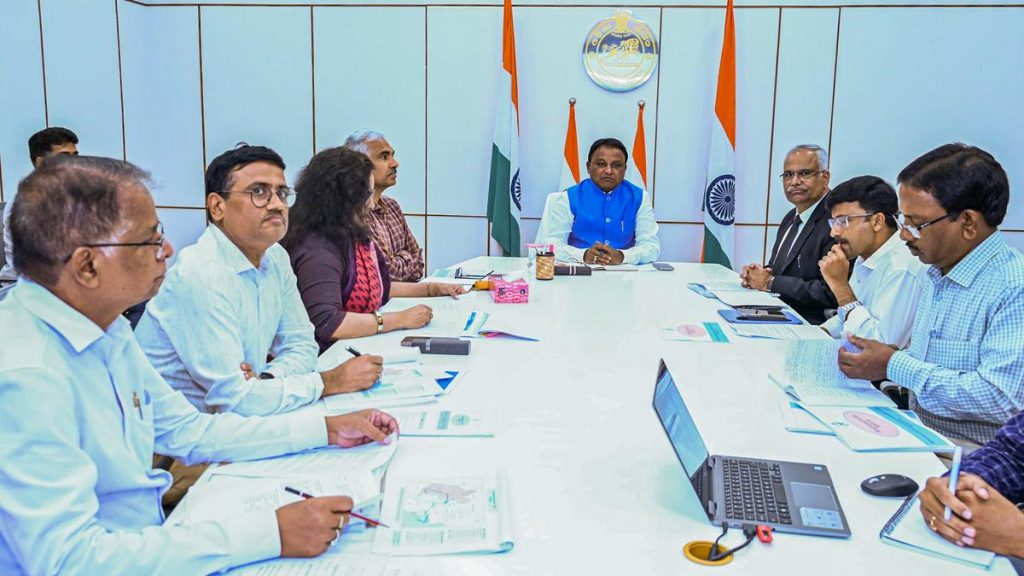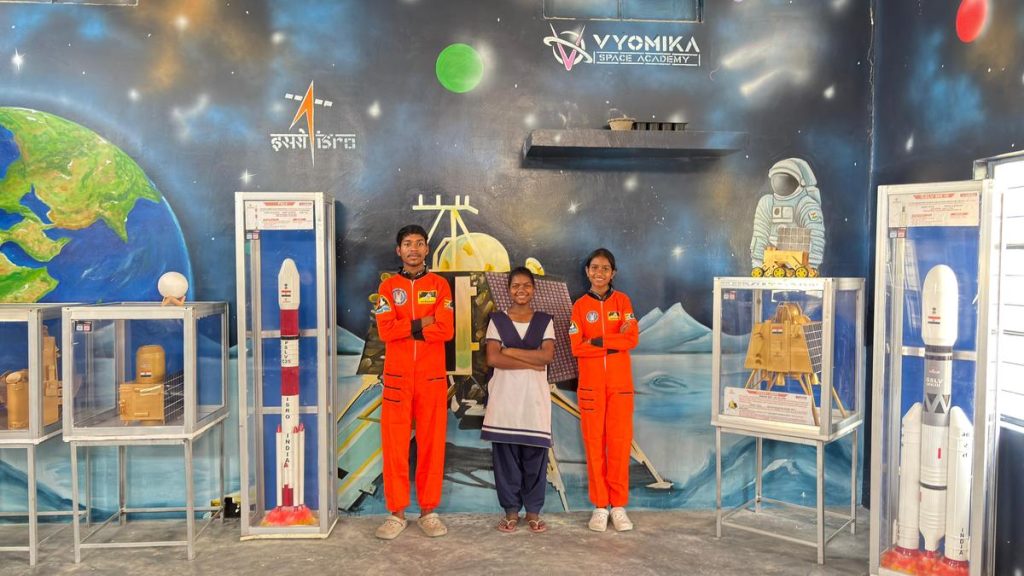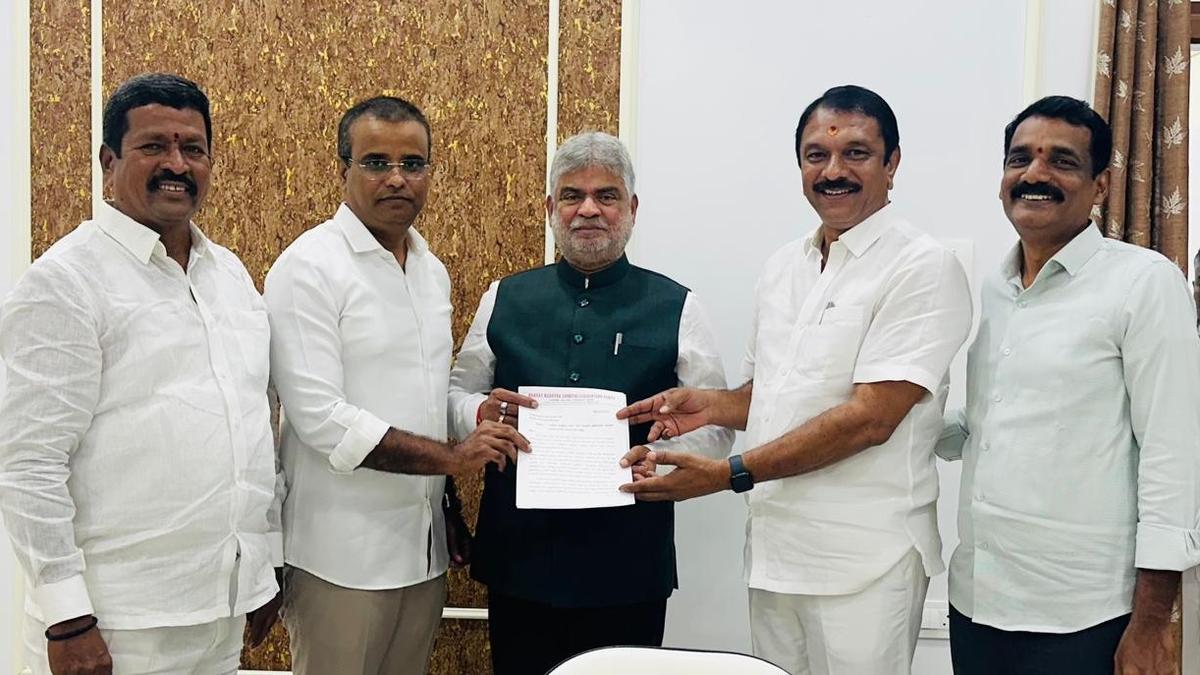Now Reading: Wildlife Expert Critiques Kerala’s Draft Policy on Human-Wildlife Conflict
-
01
Wildlife Expert Critiques Kerala’s Draft Policy on Human-Wildlife Conflict
Wildlife Expert Critiques Kerala’s Draft Policy on Human-Wildlife Conflict

Quick Summary
- Objections to Human-Wildlife Conflict Framework: P.S. Easa, National Board for Wildlife member, raised concerns over Kerala Forest Department’s draft on human-wildlife conflict mitigation. He opposed classifying snakebite incidents as part of “conflict” and criticized describing venomous snakes as a “very serious threat.”
- Snake Conservation Concerns: Dr. Easa cautioned about ecological impacts of SARPA (Snake awareness Rescue and Protection app) interventions, highlighting risks from relocating snakes due to their homing instincts.
- Choice Measures for snakebite Victims: He recommended delinking SARPA from teh policy and providing assistance via non-conflict schemes.
- Opposition to Snake Venom Extraction: The inclusion of venom extraction as part of wildlife mitigation was dismissed; the real issues lie in proper storage/training at primary health centers for snakebite treatment.
- Nilgiri Tahr Reintroduction Mislabeling: While supporting reintroduction efforts, he argued that labeling it a conflict mitigation measure is scientifically incorrect; focus should be on prey population augmentation instead.
- Critique on Bonnet Macaque Protocols Progress Approach: Accused the department of lacking clarity by not seeking public feedback before submitting proposals.
- Wildlife Population Estimates & Rising Conflicts: Questioned methodologies used in estimating wildlife populations, emphasizing landscape-based analysis over administrative boundaries and better coordination between States during counts.
- Scientific Research & Coordination needs:
– Advocated studies into feeding patterns/ecological roles of wild boars amid local culling efforts.
– Criticized unsubstantiated claims linking invasive plant species (e.g., Senna) with food/water scarcity causing conflicts.
– Suggested appointing a Special Officer from Kerala Administrative Service for improving interdepartmental coordination.
Indian Opinion Analysis
The critique by Dr. P.S. Easa underscores crucial gaps in Kerala’s human-wildlife conflict framework that could have broader implications across India’s wildlife management strategies if unaddressed. His objections reflect growing concerns over ecologically sustainable conservation practices coupled with the responsibilities toward impacted communities.
The inclusion of snakebites under “human-wildlife conflicts” rightly raises ethical questions about striking balance between conservation priorities versus public health emergencies-a tension visible nationwide amidst increasing proximity between humans and wildlife habitats. Similarly,his argument about improper relocation highlights how well-intentioned programs like SARPA might unintentionally disrupt local ecosystems without adequate scientific backing or monitoring.Using population estimates based on rigid administrative mappings rather than ecosystems risks skewing policy outcomes-a concern relevant far beyond Kerala given India’s diverse landscapes spanning multiple states needing synchronized biodiversity assessments.
The call for transparency regarding departmental proposals emphasizes wider democratic engagement critical for developing viable solutions in complex subjects like human-wildlife coexistence while addressing anthropogenic pressures such as invasive species proliferation or infrastructure overlaps within forest areas.
In recommending field-focused scientific research paired with improved cross-departmental governance like appointing special officers,Dr. easa’s critiques expand current notions around effective conservation frameworks adaptable across India-though implementing change will demand practical commitment backed by adequate resources at all levels of government policymaking.Read more: [full Article link]
























